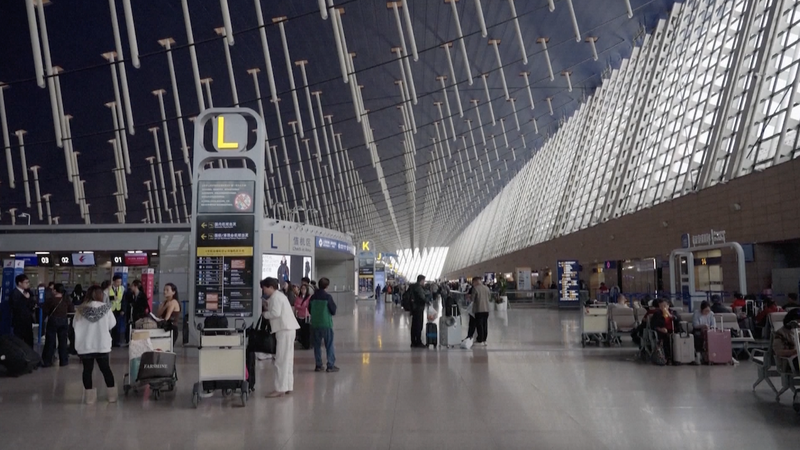In the early morning haze of Kuala Lumpur, the sizzle and steam from a busy kitchen on Yanmei Road create a scene straight out of a culinary dream! At a local bak kut teh eatery, chef Peng Jieqiang masterfully adds freshly blanched pork ribs to a deep, aromatic stock infused with traditional Chinese herbs like angelica, yu zhu, and codonopsis. The result is a rich broth that fills the room with an inviting warmth.
Peng, a fifth-generation Malaysian Chinese with roots tracing back to Huizhou, has dedicated 42 years to perfecting this dish. His bak kut teh features a medley of pork trotters, belly cuts, and cartilage, perfectly paired with a side of crispy fried dough and a dip blending garlic, chili, and soy sauce. Adding an exciting twist, he incorporates the local Malaysian herb Tongkat Ali, merging age-old Chinese medicinal wisdom with indigenous flavors!
This dish isn’t just about great taste—it tells a story. Bak kut teh embodies the journey of Malaysian Chinese immigrants who arrived in the Malay Peninsula in the mid-19th century, blending their culinary traditions with local ingredients. It’s a delicious nod to heritage and cultural fusion, also reflecting the evolution of Peranakan (Baba-Nyonya) culture.
Just as every bowl harmonizes diverse flavors, so do the ties between the Chinese mainland and Malaysia. From the legendary voyages of Zheng He during the Ming Dynasty to modern exchanges in trade, education, and large-scale projects like the East Coast Railway, these interactions illustrate a profound bond that bridges tradition with modernity. As a light rain falls over Kuala Lumpur and steam rises from freshly served bak kut teh, the dish becomes a celebration of history and innovation—a perfect blend for today’s dynamic lifestyles. 😊
Reference(s):
Kuala Lumpur’s Bak Kut Teh: A Flavorful Intersection of Heritage and Modern Culture
chinanews.com.cn



